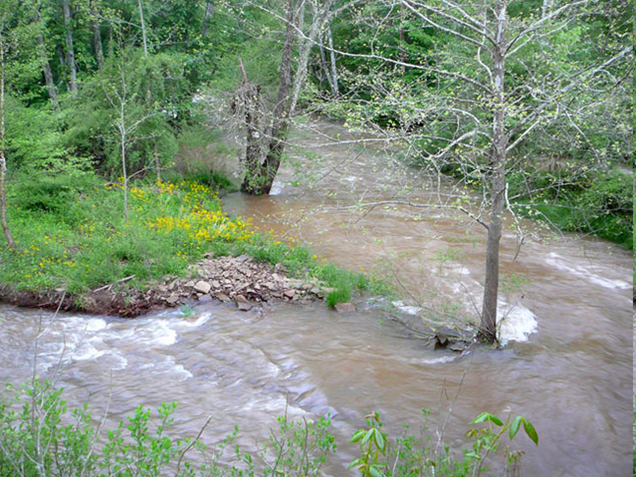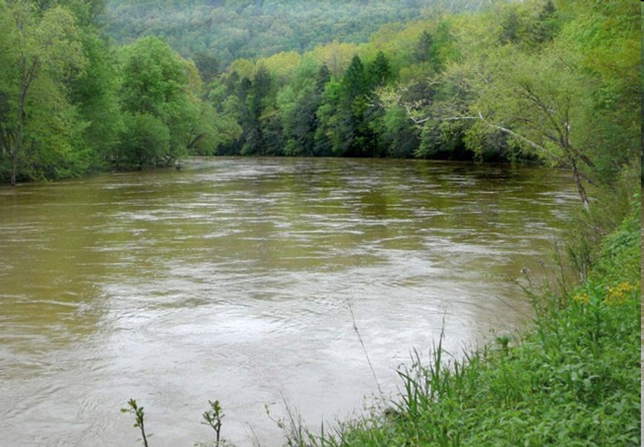DEP backs water pollution bill

F. BRIAN FERGUSON | Gazette-Mail file photo
Department of Environmental Protection Deputy Secretary Scott Mandirola, seen here leading a 2014 meeting at the Charleston Civic Center, spoke before the state Senate Finance Committee Thursday about the agency’s support of a bill to change the stream-flow figures used to calculate permit discharge limits.
The state Department of Environmental Protection supports the House-passed legislation that would allow increased discharges of toxic chemicals into West Virginia rivers and streams, a top DEP officials told a Senate committee Thursday afternoon.
DEP Deputy Secretary Scott Mandirola told the Senate Finance Committee that the agency backs the bill’s mandate to change the stream-flow figures used to calculate permit discharge limits from the current method using a low-flow figure to using an average flow called the “harmonic mean.”
Sen. Corey Palumbo, D-Kanawha, noted that the legislation was getting a lot of attention and lawmakers wanted to know if DEP supported it.
“Scientifically, it makes perfect sense, yes,” Mandirola said.
Palumbo asked Mandirola, “That’s a yes?”
“Yes, it is,” Mandirola said.
House Bill 2506 is being pushed by the West Virginia Manufacturers Association. The change in DEP permit-writing calculations would not increase the state’s actual in-stream pollution limits, but would change the amount of pollution companies could discharge through permits the DEP issues under the Clean Water Act’s National Pollutant Discharge Elimination System, known as NPDES.
Mandirola said that using an average flow of streams in setting permit limits makes sense because the numeric in-stream limits that the U.S. Environmental Protection Agency recommends for various pollutants are based on the potential human health effects of long-term exposure to those chemicals.
Palumbo asked Mandirola if the change would result in an “improvement of water quality, a deterioration of water quality or no change at all.”
“It doesn’t change the water quality standards per se,” Mandirola responded. “It changes how we calculate the discharge limits for those pollutants.”
Full story HERE

























































